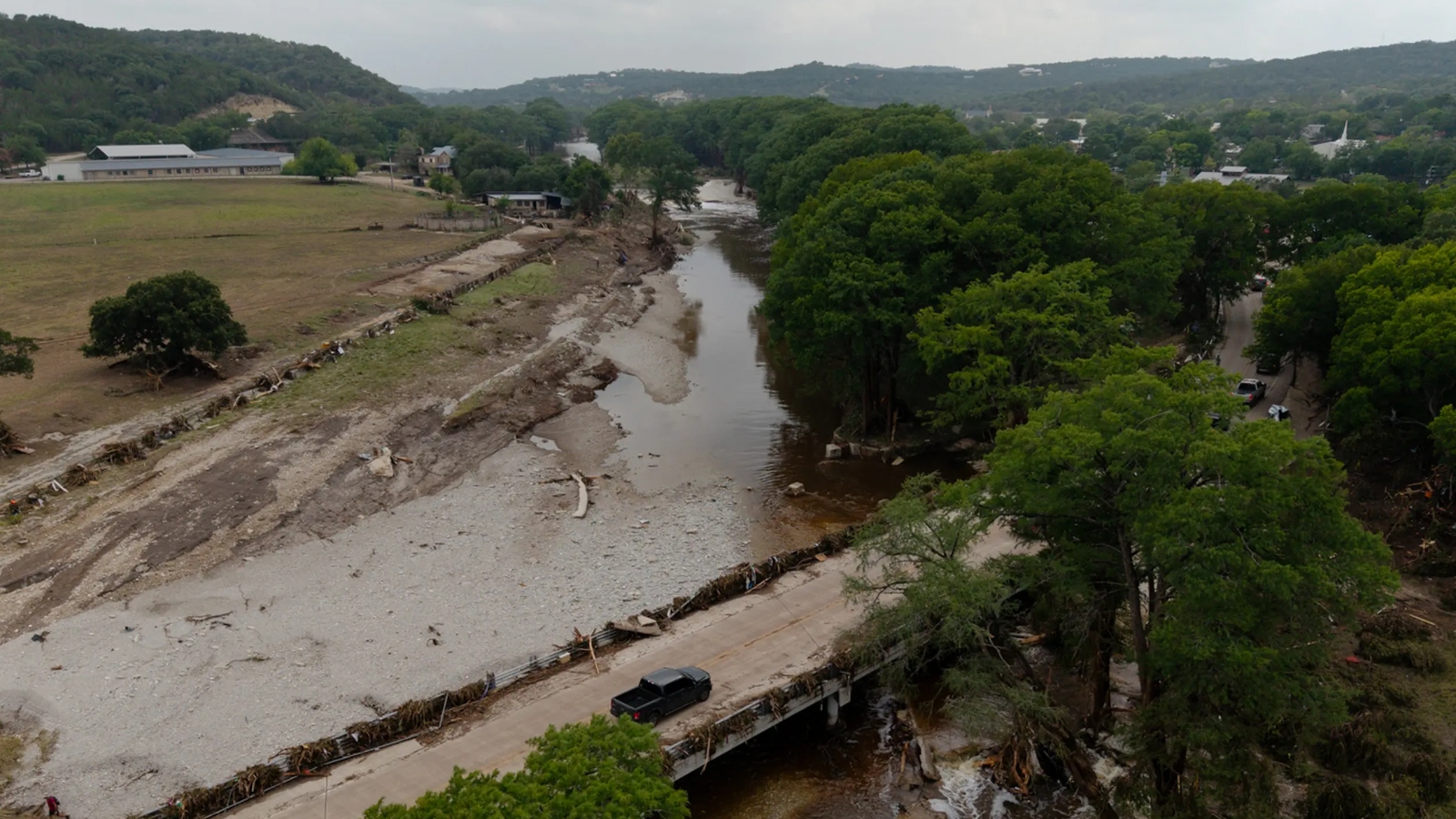Now Reading: Texas Counties Struggle to Limit Flood-Prone Construction Amid Policy Gaps
-
01
Texas Counties Struggle to Limit Flood-Prone Construction Amid Policy Gaps
Texas Counties Struggle to Limit Flood-Prone Construction Amid Policy Gaps

Quick Summary
- Central Texas Floods: Camp Mystic, a summer camp in Kerr County, is emblematic of challenges in flood-prone areas. Many structures are located on land with severe flood risk.
- Extent of Risk: 1.3 million Texas homes reside in vulnerable flood zones; about 25% of the state’s land faces severe flooding threats.
- Regulatory Challenges:
– Counties lack zoning authority to restrict constructions near waterways; cities have more control but face limitations outside their jurisdiction.
– Federal programs offer minimal funds for mitigation adn insurance standards, frequently enough inadequate for complete solutions due to outdated hazard maps.
- Population Growth: the Hill Country and urban fringes have grown rapidly as families seek affordable living. Kerr County experienced minimal growth unlike neighboring gillespie County (9% increase as 2020).
- Economic vs Safety Trade-offs:
– Cheap manufactured housing options frequently enough cluster on risky flood plains, rebuilt repeatedly after disasters like mobile parks were destroyed similarly years prior.
– Developers see unregulated spaces near rivers as prime locations despite risks exacerbated by changing climate conditions that worsen storms and rains.
- Policy Efforts & Recommendations:
– Texas implemented its first statewide flood plan last year, yet infrastructure and enforcement lag behind rapid population changes. Stricter growth rules face resistance due to fears over property value impacts or economic stagnation from restrictions.
Indian Opinion Analysis
The fatal Central Texas floods underline important lessons for India regarding urban planning and disaster resilience,especially given India’s susceptibility to extreme weather events intensified by climate change. Like Texas’ evolving patterns of migration toward areas with less affordable housing or proximity to water bodies regardless of risks-India faces similar challenges with expansions into ecologically sensitive zones such as coastal regions or river basins.
One noteworthy aspect from the article is how political reluctance and economic priorities can override safety considerations-a familiar issue seen globally when governments struggle against balancing growth imperatives with ecological sustainability. India’s proactive efforts towards updating hazard maps should be aligned per worsening climatic abnormalities so predictions aiding early evacuation minimizes tragedies escalating!!! Lastly if federal-local regulatory debates continue-collapse stronger interventions/models handling these compromise-prone friction layers























